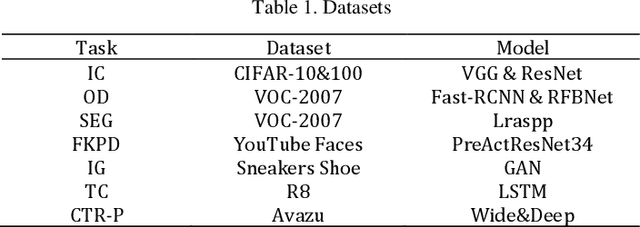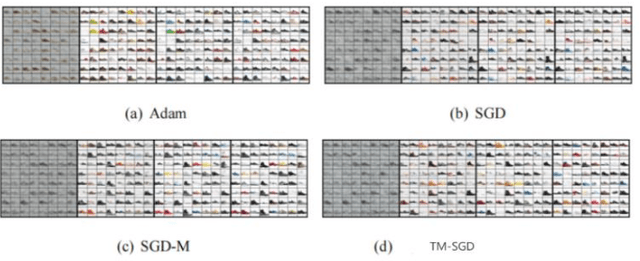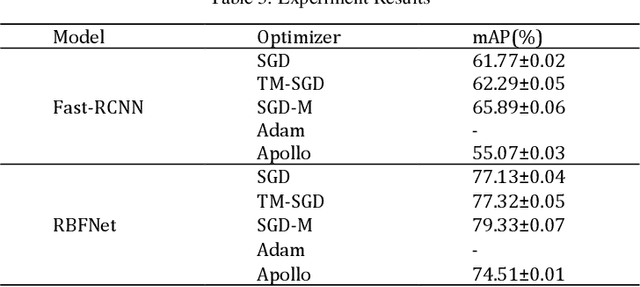Erdi Gao
Enhancing Deep Learning with Optimized Gradient Descent: Bridging Numerical Methods and Neural Network Training
Sep 07, 2024



Abstract:Optimization theory serves as a pivotal scientific instrument for achieving optimal system performance, with its origins in economic applications to identify the best investment strategies for maximizing benefits. Over the centuries, from the geometric inquiries of ancient Greece to the calculus contributions by Newton and Leibniz, optimization theory has significantly advanced. The persistent work of scientists like Lagrange, Cauchy, and von Neumann has fortified its progress. The modern era has seen an unprecedented expansion of optimization theory applications, particularly with the growth of computer science, enabling more sophisticated computational practices and widespread utilization across engineering, decision analysis, and operations research. This paper delves into the profound relationship between optimization theory and deep learning, highlighting the omnipresence of optimization problems in the latter. We explore the gradient descent algorithm and its variants, which are the cornerstone of optimizing neural networks. The chapter introduces an enhancement to the SGD optimizer, drawing inspiration from numerical optimization methods, aiming to enhance interpretability and accuracy. Our experiments on diverse deep learning tasks substantiate the improved algorithm's efficacy. The paper concludes by emphasizing the continuous development of optimization theory and its expanding role in solving intricate problems, enhancing computational capabilities, and informing better policy decisions.
Research on Optimization of Natural Language Processing Model Based on Multimodal Deep Learning
Jun 13, 2024



Abstract:This project intends to study the image representation based on attention mechanism and multimodal data. By adding multiple pattern layers to the attribute model, the semantic and hidden layers of image content are integrated. The word vector is quantified by the Word2Vec method and then evaluated by a word embedding convolutional neural network. The published experimental results of the two groups were tested. The experimental results show that this method can convert discrete features into continuous characters, thus reducing the complexity of feature preprocessing. Word2Vec and natural language processing technology are integrated to achieve the goal of direct evaluation of missing image features. The robustness of the image feature evaluation model is improved by using the excellent feature analysis characteristics of a convolutional neural network. This project intends to improve the existing image feature identification methods and eliminate the subjective influence in the evaluation process. The findings from the simulation indicate that the novel approach has developed is viable, effectively augmenting the features within the produced representations.
 Add to Chrome
Add to Chrome Add to Firefox
Add to Firefox Add to Edge
Add to Edge